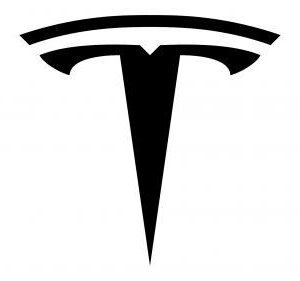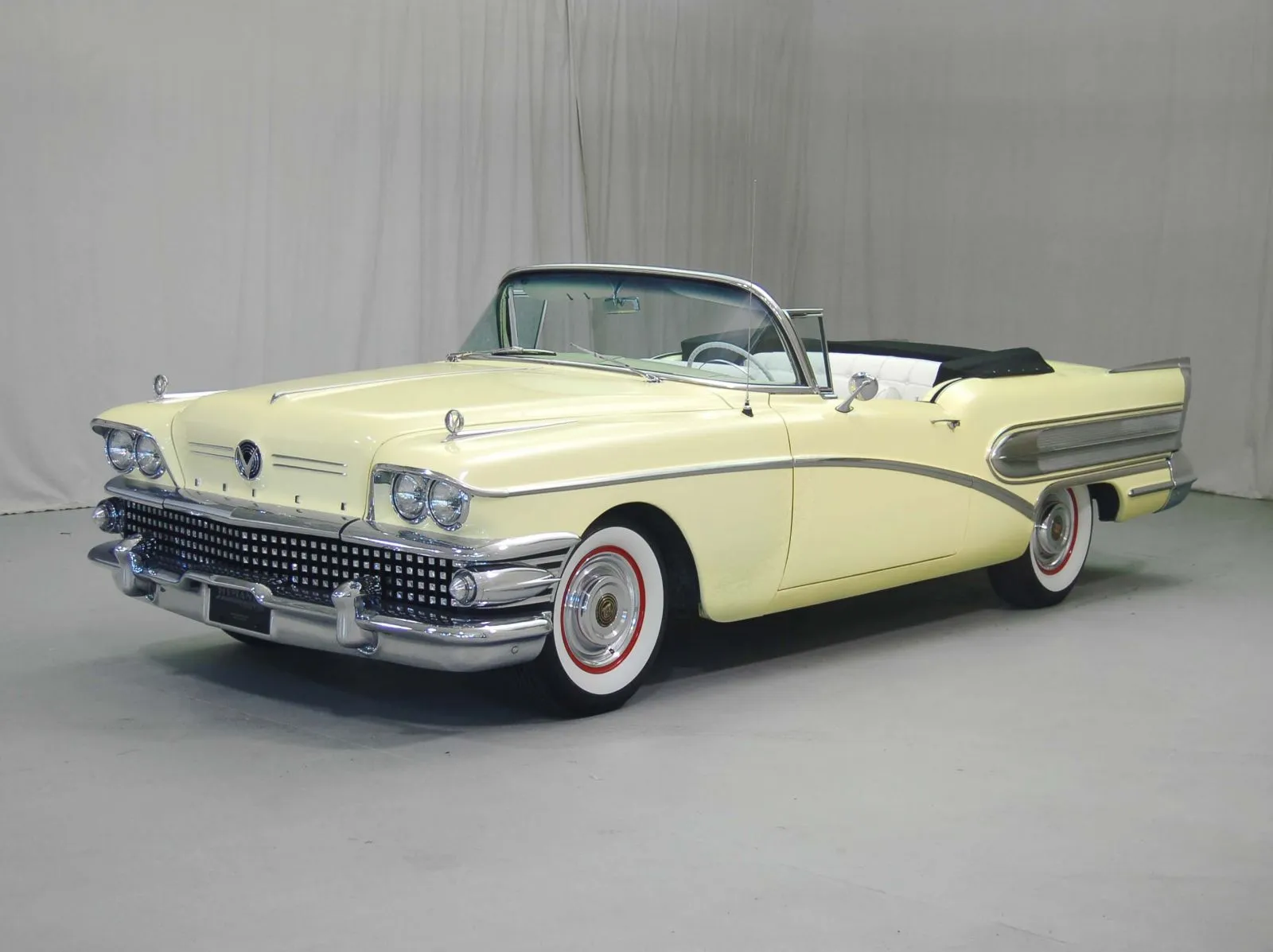Cars are a ubiquitous part of modern life. They transport us to work, school, and social events. They allow us to travel long distances quickly and comfortably. But what is a car, exactly, and how does it work?
At its most basic level, a car is a machine that converts fuel into motion. The fuel is usually gasoline or diesel, although some cars use alternative fuels like electricity or hydrogen. The motion is created by a series of interconnected systems that work together to propel the car forward.
Engine
One of the key systems in a cars is the engine. The engine is the heart of the car, converting fuel into mechanical energy that can be used to power the wheels. Most cars have internal combustion engines, which work by burning fuel in a combustion chamber to create a controlled explosion. This explosion pushes a piston, which in turn moves a crankshaft. The crankshaft converts the linear motion of the piston into rotational motion that can be used to power the wheels.
The engine is connected to the transmission, which is responsible for changing the speed and torque of the engine’s output to match the needs of the driver. The transmission is usually controlled by a series of gears that can be manually or automatically shifted. In manual transmissions, the driver must manually shift gears using a clutch pedal and gear lever. In automatic transmissions, the car’s computer takes care of shifting the gears based on the car’s speed and the driver’s inputs.
Wheels
The wheels are connected to the transmission by a series of axles and differentials. The axles transmit power from the transmission to the wheels, while the differentials allow the wheels to rotate at different speeds. This is important because the outside wheels need to travel farther than the inside wheels when turning.
Other important systems in a car include the suspension, brakes, and steering. The suspension system is responsible for keeping the car’s wheels in contact with the road and absorbing shocks from bumps and potholes. The brakes are used to slow down or stop the car, using friction to convert the car’s kinetic energy into heat. The steering system allows the driver to control the direction of the car, using a series of linkages and a steering wheel.
Design
Of course, there are many variations on this basic design. Some cars have different types of engines, such as electric motors or rotary engines. Some cars have different types of transmissions, such as continuously variable transmissions or dual-clutch transmissions. And some cars have different types of drivetrains, such as front-wheel drive, rear-wheel drive, or all-wheel drive.
In conclusion, we can say that, Despite these differences, all cars share the same basic purpose: to transport people and goods from one place to another. Whether you’re driving a compact car, a pickup truck, or a luxury sedan, the principles of how a car works remain the same. So the next time you get behind the wheel, take a moment to appreciate the amazing engineering that makes it all possible.
How a car works?
A car is a complex machine that converts fuel into motion. The process of converting fuel into motion involves a number of different systems and components working together in a highly coordinated manner. In this article, we’ll take a closer look at how a car works.
The internal combustion engine is at the heart of the car’s powertrain. The engine burns fuel and air in a combustion chamber to create energy. The energy is then converted into motion through a series of mechanical processes. The process starts with the fuel system, which delivers fuel to the engine. The fuel is then mixed with air in the engine’s intake system before being compressed in the combustion chamber.
The spark plug ignites the fuel and air mixture, causing a controlled explosion that drives a piston down. The force of the piston creates rotational motion in the engine’s crankshaft, which is transmitted to the car’s transmission. The transmission then converts the rotational motion of the engine into a force that drives the car’s wheels.
The car’s steering system allows the driver to control the direction of the car. The steering system includes a steering wheel, steering column, and steering gear. When the driver turns the steering wheel, it moves the steering gear, which in turn moves the front wheels of the car. The car’s suspension system helps to absorb bumps and vibrations, providing a comfortable ride for passengers.
The braking system is another important component of a car’s operation. When the driver presses the brake pedal, it applies pressure to the brake pads, which clamp down on the car’s wheels, slowing the car down. The brake system also includes a hydraulic system that transmits the pressure from the pedal to the brake pads.
The car’s electrical system provides power to the car’s components and accessories. The battery provides power to the starter motor, which starts the engine, and also provides power to the car’s electrical system when the engine is not running. The alternator generates power while the engine is running, recharging the battery and providing power to the car’s electrical system.
Finally, the car’s drivetrain is responsible for transferring power from the engine to the wheels. The drivetrain includes the transmission, driveshaft, differential, and axles. The transmission allows the driver to select the appropriate gear ratio for the driving conditions, while the differential allows the wheels to rotate at different speeds, making it easier to turn corners.
Car Symbols, Logo and Brand
There are many companies are available who are creates different logo, Symbols and brands for marketing. Symbols, logo and brand are symbolizes company’s introductions.

Car logos and symbols are an important part of automotive branding. They serve as a visual representation of the brand and can convey important information about the car, such as its country of origin, its performance capabilities, or its luxury status. In this article, we’ll take a closer look at some of the most iconic logos and symbols, as well as the brands they represent.
One of the most recognizable logos is the four rings of Audi. The rings represent the four companies that merged to form Audi in 1932: Audi, DKW, Horch, and Wanderer. Today, Audi is known for producing high-performance luxury cars, and its logo has become a symbol of precision engineering and cutting-edge technology.
Another iconic logo is the prancing horse of Ferrari. The horse was originally used as a symbol of the Italian city of Modena, where Enzo Ferrari was born. Today, it represents speed, power, and luxury, and is synonymous with some of the world’s most iconic sports cars.
The three-pointed star of Mercedes-Benz is another iconic car logo. The star was originally used as a symbol of Gottlieb Daimler’s ambitions to build engines for land, sea, and air. Today, it represents the luxury, performance, and innovation that have become hallmarks of the Mercedes-Benz brand.
Other notable car logos include the blue and white propeller of BMW, which represents the company’s origins as an aircraft engine manufacturer; the interlocking ovals of Volkswagen, which represent the company’s merger with Auto Union in 1932; and the blue and white chequered flag of Bentley, which represents the brand’s racing heritage.
Car symbols can also convey important information about the car, such as its country of origin. For example, the red and yellow stripes of the Spanish flag on a Seat car symbolize the brand’s Spanish heritage, while the blue and white cross of the Swedish flag on a Volvo car symbolizes the brand’s Swedish roots.
In addition to car logos and symbols, brands themselves are an important part of the automotive landscape. Some brands are known for their performance capabilities, such as Porsche and Lamborghini. Others are known for their luxury and comfort, such as Rolls-Royce and Bentley. And still others are known for their affordability and practicality, such as Toyota and Honda.
Ultimately, the car logo, symbol, and brand that a person chooses can say a lot about their personality, values, and preferences. Whether you’re drawn to the sleek lines of a Ferrari or the practicality of a Toyota, there’s a car logo, symbol, and brand out there for everyone.
In conclusion, a car is a complex machine that converts fuel into motion through a series of mechanical processes. The engine, transmission, steering system, braking system, electrical system, and drivetrain all work together to provide a comfortable, efficient, and safe driving experience. Understanding how a car works can help drivers appreciate the engineering behind this amazing piece of technology and make informed decisions about maintenance and repair.
All Car Brands List
I have collected all popular brands, symbols and logos of the worlds for you so that you can know about all brands popular brands from here. I this will help you to compare or about all global car brands logo and symbols.
